Expo ready to feed ideas to millions of visitors
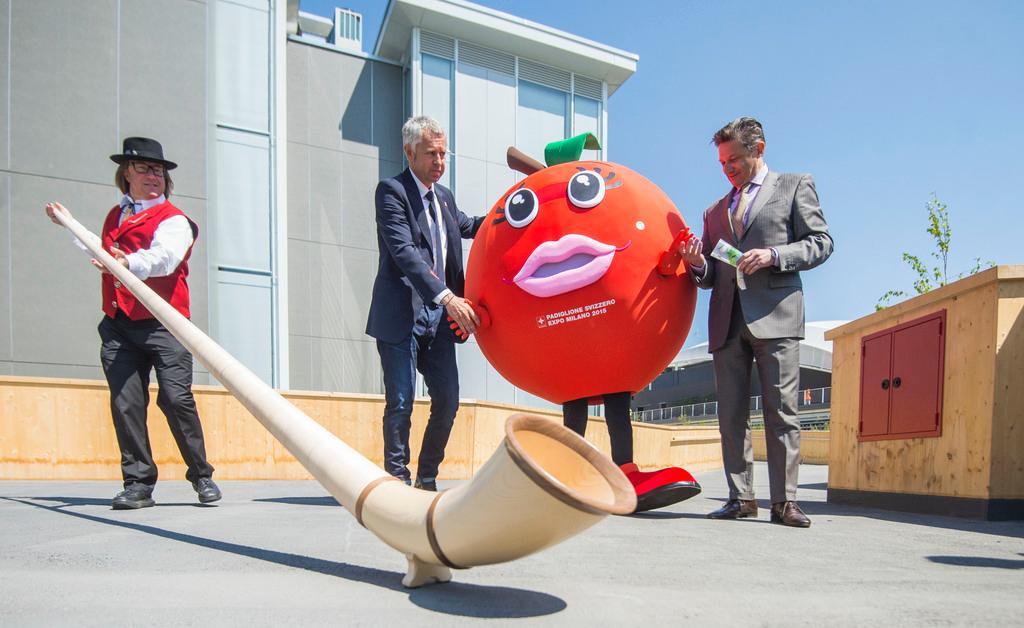
After scandals, disputes and delays, the Milan world’s fair is finally opening its doors. It is to be the world’s biggest ever event on the subject of food. Switzerland’s pavilion challenges consumers to take responsibility for what and how they eat.
Expo 2015 is starting – well, most of it. Some construction work is set to be completed in the coming weeks and some of the infrastructure has been put on hold for reasons of “scheduling”.
But from May 1, a total of 145 countries, three international organisations and 13 organisations representing civil society will try to respond to the big questions posed by the organisers: how are we to ensure a healthy and sufficient food supply as humanity grows faster than the available resources? And how are we to reach that goal while protecting the wellbeing of the planet from which we get our food?
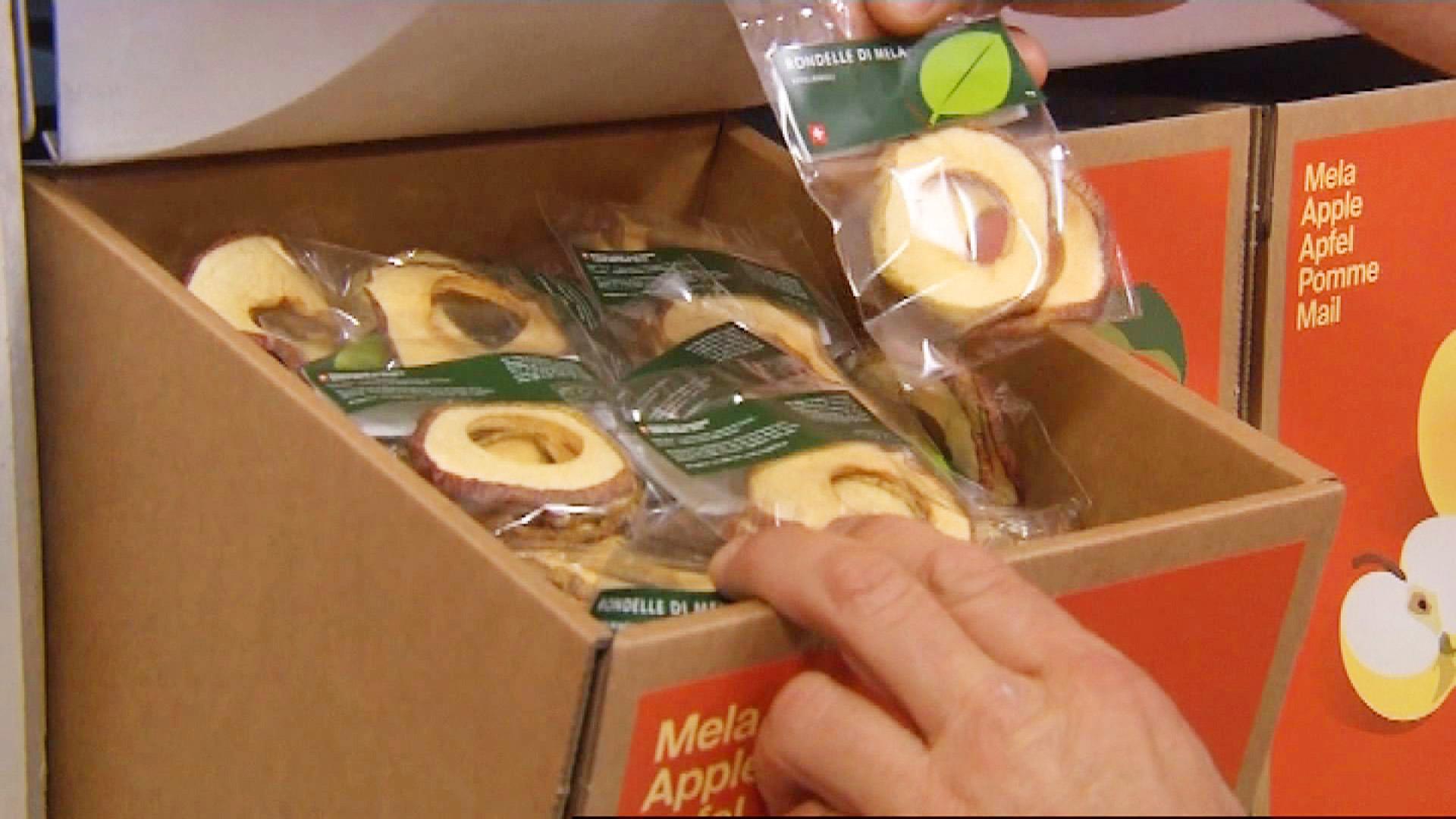
More
A glimpse inside the Swiss pavilion
To see how not to do this, just take a look at the post-industrial zone on the outskirts of the northern Italian city which surrounds the site of the fair. Here, fields and rice paddies first made way for refineries and factories, then for derelict industrial zones, contaminated soil, sheds, warehouses and finally some office buildings and hotels.
Placed in this scarred and battered landscape between two major highways and a prison, the site looks like an oasis of greenery and creativity. The idea is for participants to exchange ideas in the search for a model of development that might strike a better balance between food production, human needs and use of resources.
The orderly linear structure of the exhibition site also contrasts with the chaotic surrounding landscape. The organisers took their inspiration from the Castrum, the Roman camp of ancient times built around two intersecting streets.
About 60 countries have built pavilions along the Decumanus, a 1.5km covered thoroughfare. This main artery intersects with the Cardo, a 350-metre street where the pavilions of the Italian regions stand. Other countries are grouped in nine shared pavilions dedicated to common themes and food groups such as rice, cocoa and chocolate, coffee, spices, fruit and vegetables.
‘Confooderatio Helvetica’
In all these exhibition spaces, participants will be vying to satisfy the appetite of the more than 20 million visitors expected at Expo, offering the richest gastronomic variety to be had anywhere in the world and providing endless variations on the theme of the fair, “Feed the planet – Energy for life”.
The Swiss pavilion “Confooderatio Helvetica” aims to raise public awareness of the importance of responsible consumption with a layout featuring four towers filled with water, salt, coffee and apple slices.
Visitors can help themselves but will be made aware that the towers will not be refilled once the products on offer are used up. The consumption of each visitor will determine how much will be left for those who come in the later weeks of the fair.
“We want to put on a kind of ‘slow education’, where we make the visitors think about their relationship with consumption and waste, knowing that today a third of food products end up in the waste bin,” says Nicolas Bideau, head of Presence Switzerland, the foreign ministry department handling Switzerland’s participation in world events like Expo 2015.
“These towers will send a message of individual responsibility and solidarity, which is indispensable to ensure sustainable development not just in Switzerland but also in countries that have more serious problems with their food supply.”
Innovation and tradition
Presence Switzerland had to give up its initial idea of filling the towers with chocolate, cheese and other Swiss delicacies which would not have stayed fresh in the hot Milanese summer.
But, says Bideau, “the products chosen also symbolise the values of Switzerland, an appropriate mix of innovation and tradition”.
The apples are to make the visitor think of biodiversity and the role of agriculture in caring for the land. The salt illustrates initiatives aimed at reducing consumption and promoting better health. Drinking water, available everywhere in Switzerland, symbolises the culture of a country that is careful to safeguard its natural environment.
Following criticism from politicians and NGOs, the designers of the Swiss pavilion reduced the amount of space assigned to Nestlé, the largest food and drink company in the world. In the water tower, instead of bottles from the Swiss multinational, there will be drinking water piped from the local water table. Nestlé did get the coffee tower.
“We want to showcase the diversity of Switzerland in the field of food. This diversity is not represented just by organic farming, but the foodstuffs industry too,” Bideau says. “Switzerland, with no natural resources, is a country forced to innovate, and coffee is a good example of this capacity for innovation. Today Swiss exports of coffee actually exceed exports of chocolate or cheese.”
Open space
From an architectural point of view, the Swiss pavilion has no great originality. Looking at it from the outside, visitors might be forgiven for mistaking the four-tower structure for an Expo office building. And on the inside, the boxes with the food products all neatly lined up do not leave much room to the imagination. The whole thing looks thoroughly rational.
“That is Switzerland,” says Bideau. “We are rational. We find it hard to change our style. But we are preparing various projects to give a spin of irrationality and a bit more warmth to our ideas. The beauty of the pavilion lies in its being an educational and creative space, completely open to the public and to every initiative.”
More than 300 events are scheduled for the venue in the next six months, including special theme days, exhibits featuring partners and NGOs, lectures, concerts and presentations of specialty Swiss foods.
Violence mars opening
Black-clad protesters in Milan torched two cars and clashed with police, who responded with tear gas, as violence broke out at a demonstration at the start of the Expo 2015.
Dozens of demonstrators, their faces masked against clouds of tear gas, threw firecrackers and dragged burning rubbish bins to block streets in the centre of the city. Many scrawled graffiti on the walls.
There has been a heavy police presence in the city as thousands of demonstrators marched through the centre of Milan behind a banner reading “No Expo, Eat the Rich”, in what was meant to be a peaceful protest.
The Expo has rallied a diffuse range of protesters, from anti-globalisation and environmentalist activists to students and anti-austerity campaigners, who see it as a symbol of waste and corruption.
Translated from Italian by Terence MacNamee

In compliance with the JTI standards
More: SWI swissinfo.ch certified by the Journalism Trust Initiative





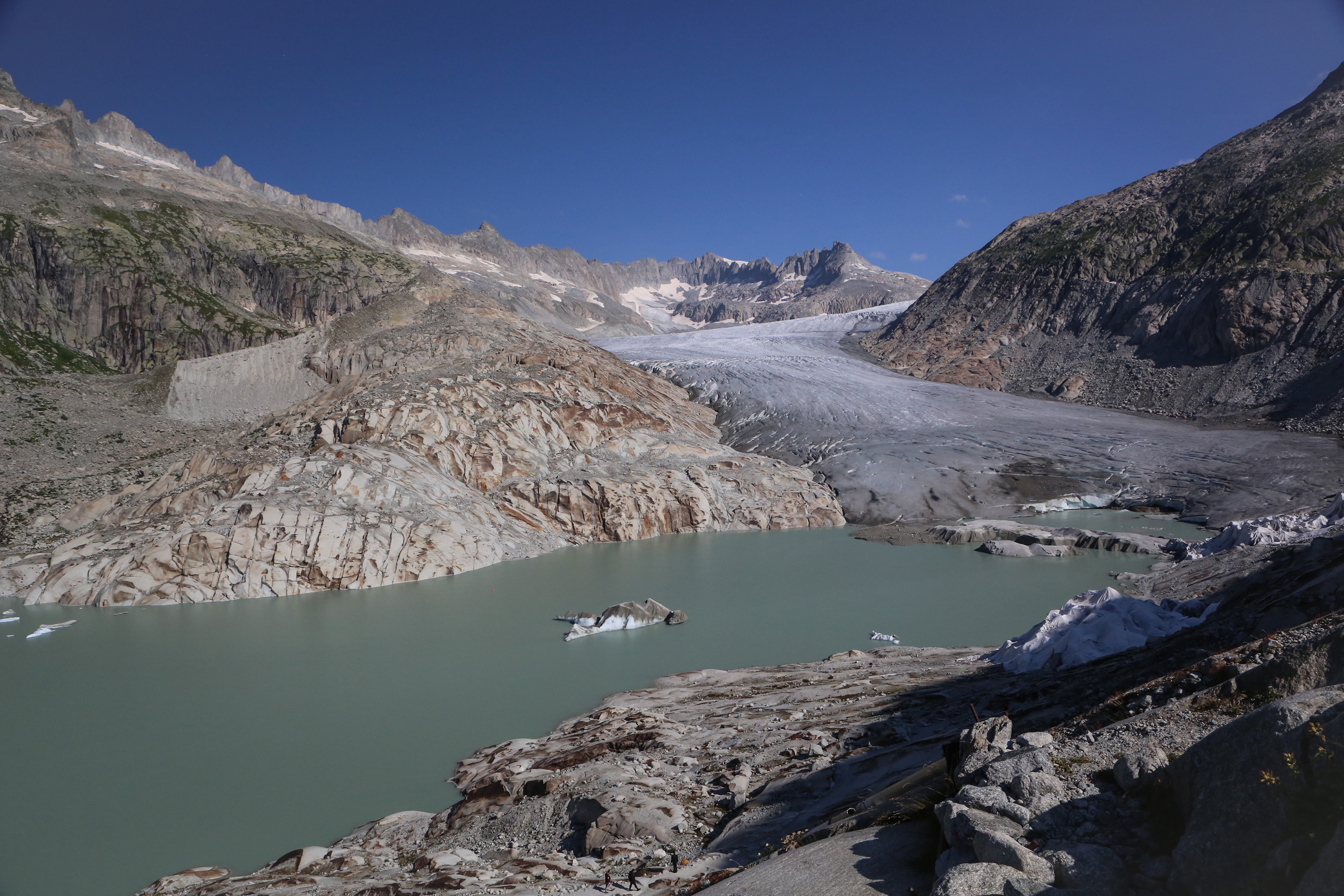



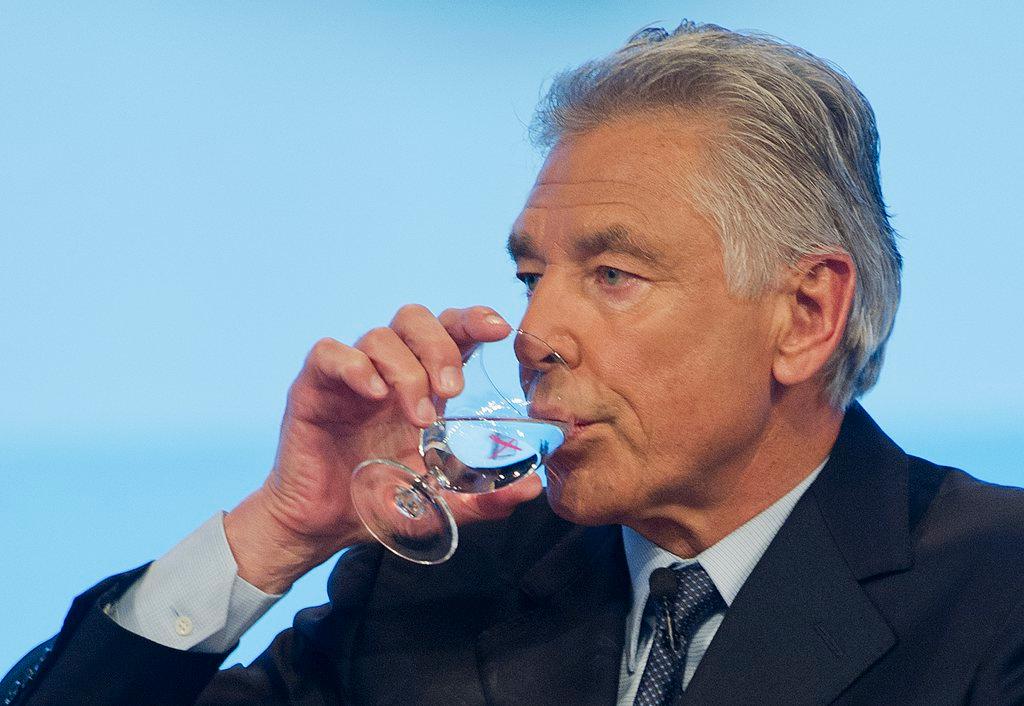

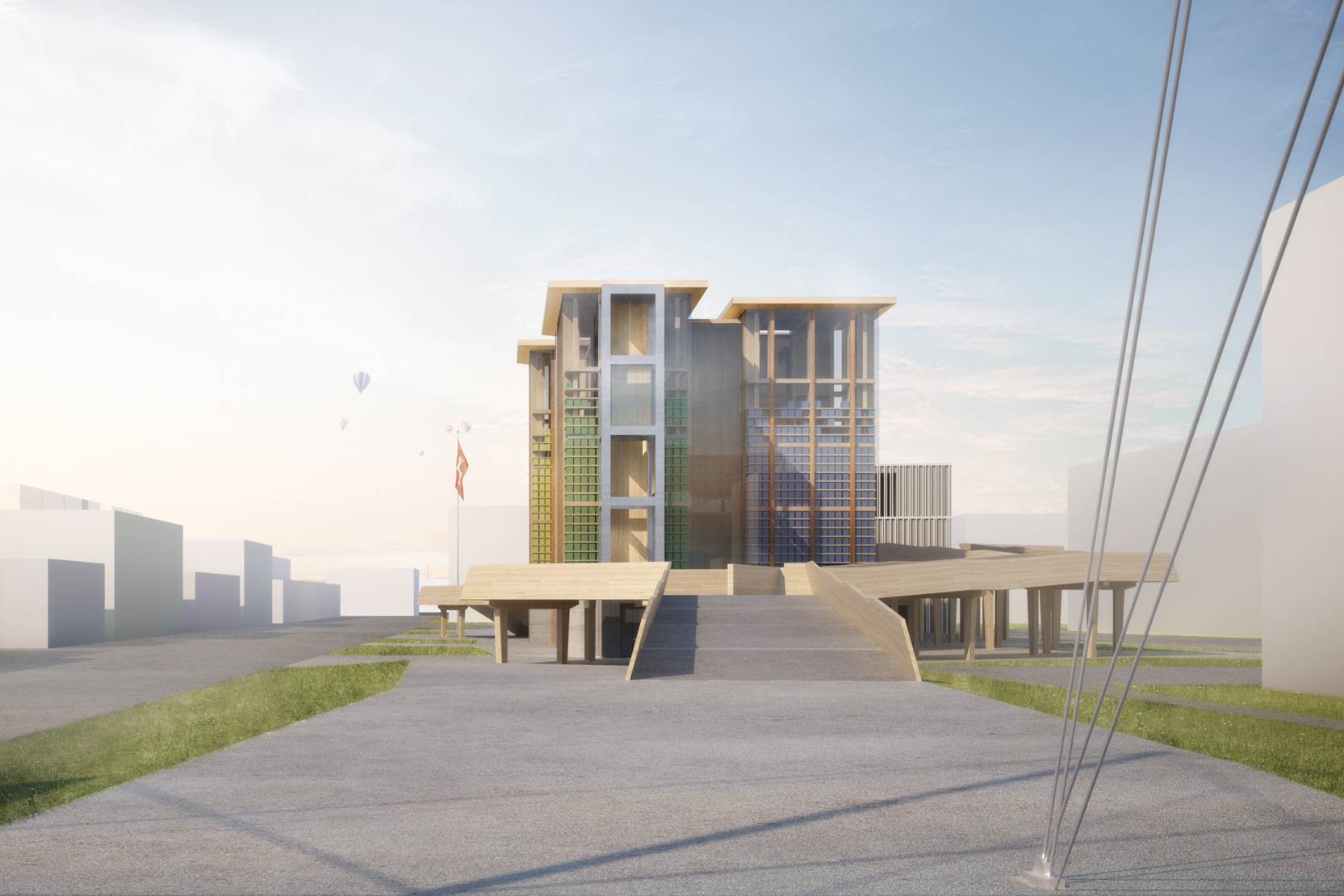
You can find an overview of ongoing debates with our journalists here . Please join us!
If you want to start a conversation about a topic raised in this article or want to report factual errors, email us at english@swissinfo.ch.